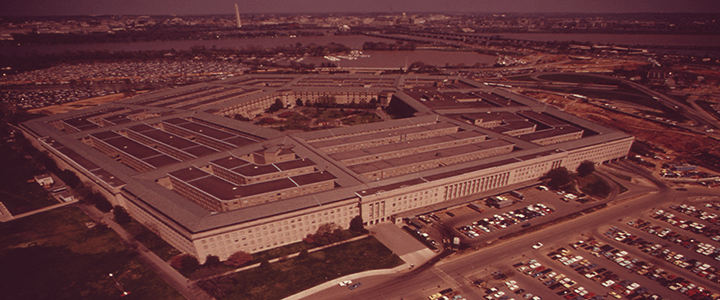The House and Senate conference committee charged with resolving differences between each chamber’s version of the National Defense Authorization Act for Fiscal Year 2018 has finished its work. In a summary issued yesterday, the committee unveiled an overview of the compromise legislation that will authorize national defense expenditures for the fiscal year that began October 1. The final text of the bill, which weighed-in at 1,264 pages when it passed the Senate in September, is still forthcoming.
The final version authorizes a “base budget” of $634.2 billion, or $26.4 billion more than the administration asked for. The final figure is below the $640 billion the Senate approved, but more than the $631.5 billion in the House version.
Compromises on aircraft procurement
The Senate version of the bill had been very generous to aircraft manufacturers, but the compromise bill scales that back somewhat. The Navy and Marine Corps’s procurement of F/A-18 fighters will grow by 10 planes, equal to the Senate’s proposed increase. The Senate also prevailed is authorizing the Air Force to buy two more KC-46A tankers than it initially asked for.
Both the house and Senate had originally authorized the purchase of 12 more MC-130J special operations cargo planes than the administration asked for; that idea was cut in half. The Pentagon will now be authorized to purchase a total of 11 of these aircraft in FY2018, six more than requested. The committee also agreed reduce the number of additional P-8A Poseidon reconnaissance aircraft from six to three more than the president requested.
The F-35 program, which I will remind you once again is the most expensive weapons program in history, saw its procurement boosted from 70 planes to 90, therefore than the House had authorized, but four fewer than the Senate wanted.
personnel and readiness increases
All that shiny new hardware is useless without people to operate it and parts to keep it working. “Today, we have too many planes that cannot fly, too many ships that cannot sail, too many Soldiers who cannot deploy, while too many threats are gathering,” the committee’s statement said. To address that, the bill includes “a $26.4 billion increase for essential readiness recovery above the President’s combined initial and amended budget requests.”
The bill authorizes increases in the end strengths of each of the four military services. The Army’s active component will get a boost of 7,500 soldiers, fewer than the original House authorization of 10,000. The Army will now be authorized to have a total of 483,500 active duty soldiers. The Navy and Marine Corps did not see an increase in end strength under the house bill, but are now authorized to grow their active components by 4,000 sailors and 1,000 Marines. The Air Force will grow by 4,100 active component airmen. Altogether, the number of men and women in uniform across all services — active, Guard, and reserve — will increase by 20,300.
Those service members will enjoy a pay raise of 2.4 percent.
Perhaps the most controversial change included in the House version of the bill was the creation of a Space Corps under the control of the Department of the Air Force, similar to the Marine Corps’s relationship with the Department of the Navy. That proposal was scrapped, although there will be major changes to how the Air Force manages its space programs. That’s the subject to be examined shortly.




